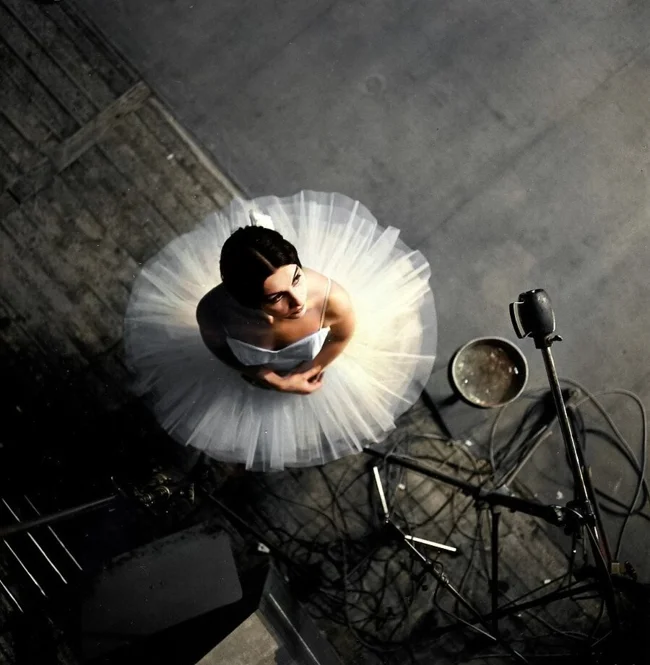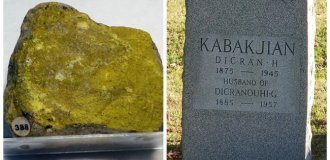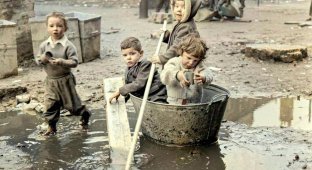Shards of history: interesting and rare retro photos of Europe (21 photos)
These vivid images not only take us back in time, but also allow us to better understand how the lives of people in different parts of Europe have changed over the course of a century. 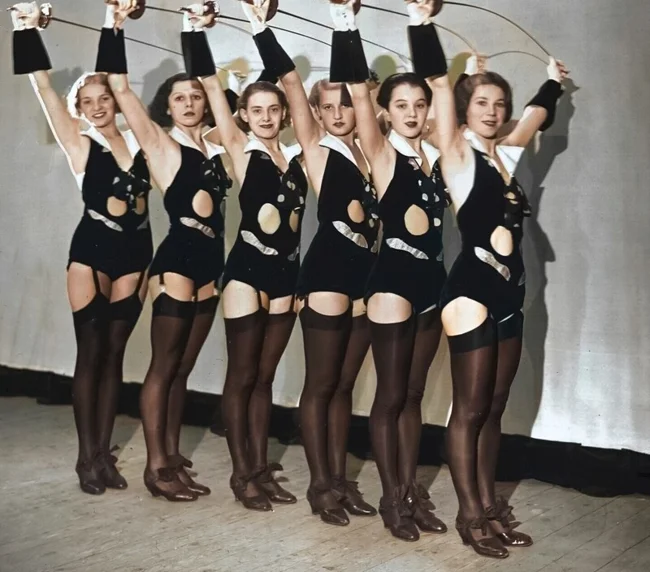
Portugal, 1950s.
In Portugal, the ocean plays a key role in the life of the country, as its shores are washed by the Atlantic Ocean. This body of water not only forms the unique climate and nature of the region, but also has a huge impact on the culture, economy and history of the Portuguese people. 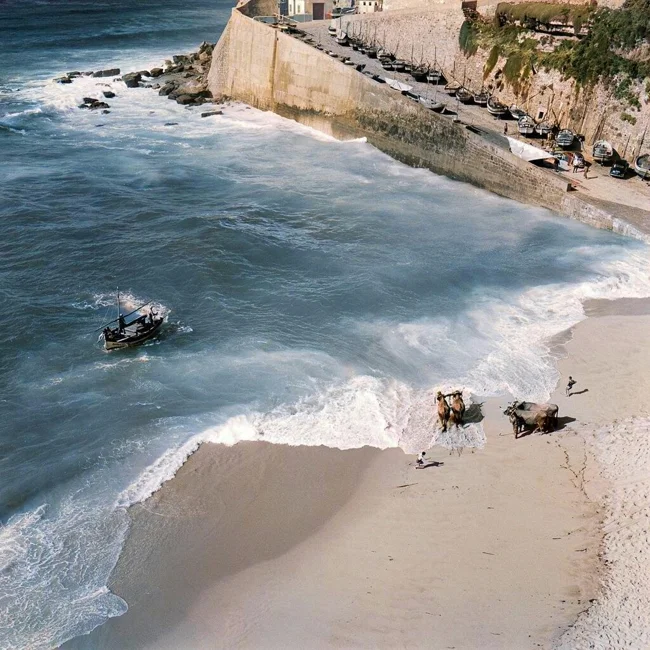
Social Welfare Department. Prague, 1937.
In Prague (then part of Czechoslovakia), the social work office had a unique filing system - the world's largest vertical letter vault. This engineering marvel was a structure of cabinets installed in tiers from floor to ceiling, occupying an area of more than 4,000 square feet. The vault housed over 3,000 drawers, each about 10 feet long.
The system was equipped with electrically powered lift tables that could move up, down, left and right, providing quick access to the necessary documents. Thanks to this technical solution, work that previously required 400 employees was now carried out by just twenty. This innovative approach significantly increased the efficiency of data processing and became an example of progress in the organization of work processes at that time. 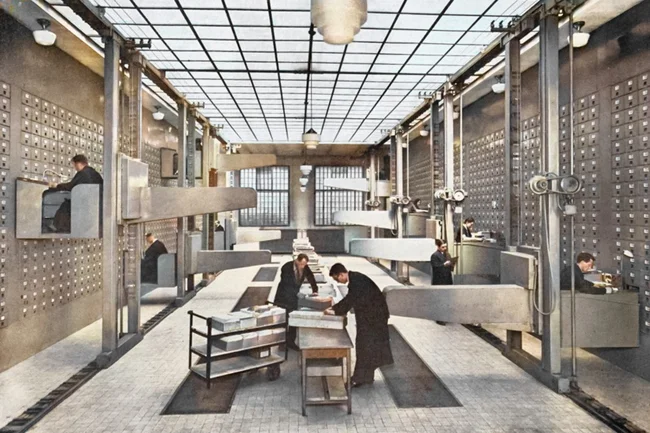
Dani at the Villa Capo di Monte, Cannes, France, 1938.
The naked man with a butterfly net is the son of photographer Jacques Henri Lartigue. He died on Wednesday, June 28, 2017, in Saint-Tropez, where he lived for several decades. He was a beloved figure there, an artist who created a charming butterfly museum that he loved deeply and that is still open to the public.
But Dani was also, and especially, the unintentional subject of many of his father's most famous photographs. Lartigue's images of fleeting moments of happiness feature his silhouette from early childhood. 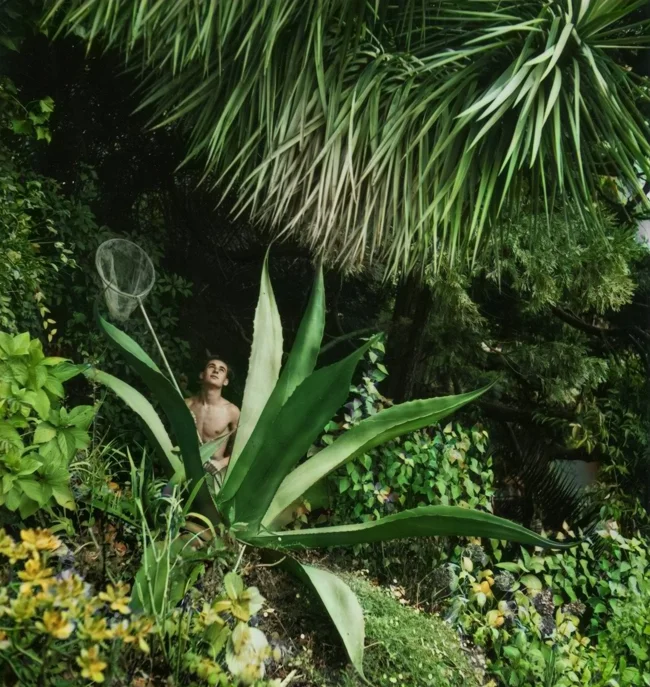
A woman in a railway uniform. Sweden, 1962. 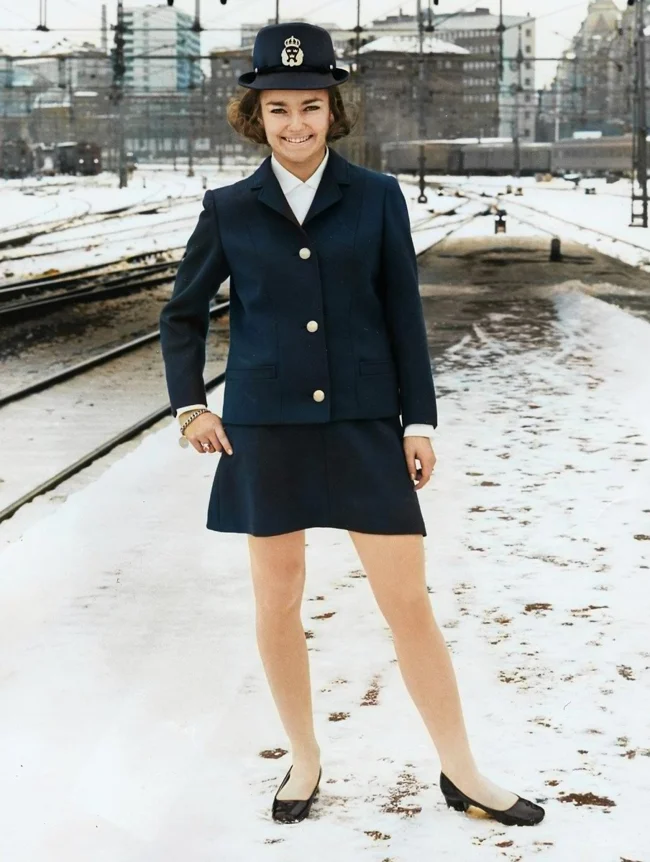
Saint-Tropez, 1960.
Two couples relax, enjoying the sound of the waves and the warmth of the sun. 
Polish cabaret performers, 1925. 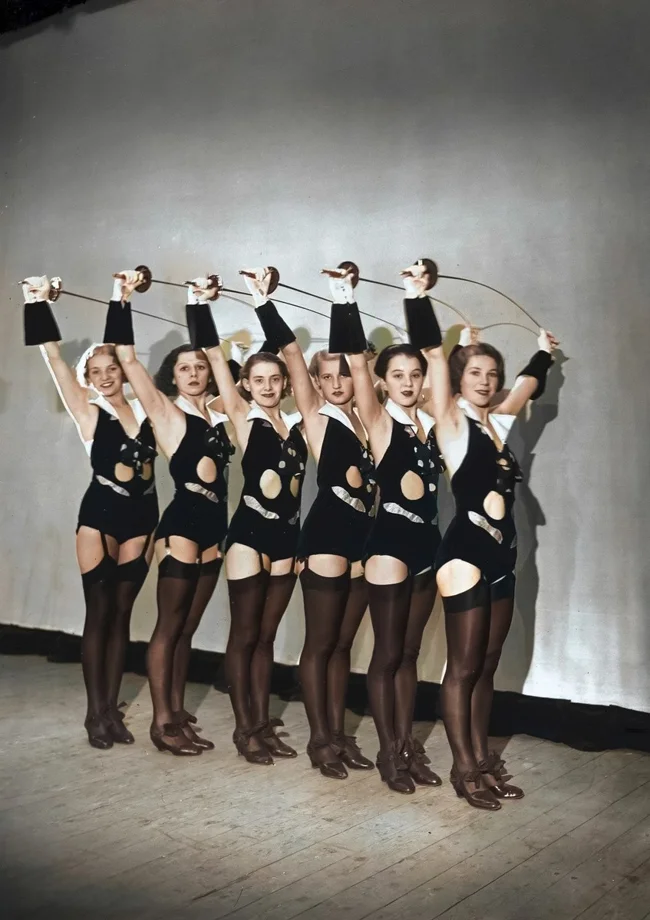
During a heat wave in Paris, 1928. 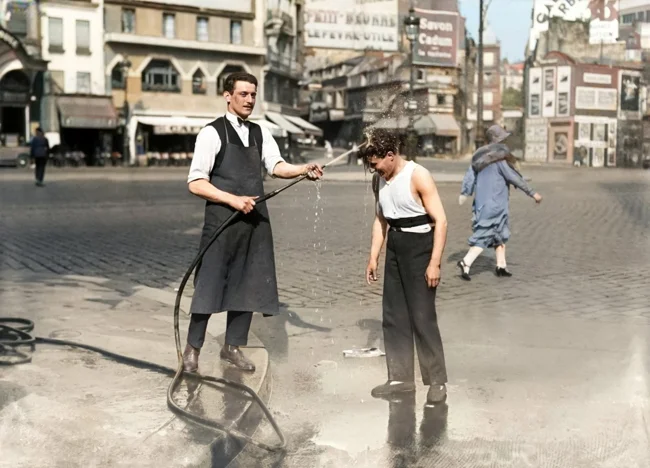
Belgian Princess Marie Charlotte, 1910s. 
Mother and daughter on top of a mountain. Austria-Hungary, 1904. 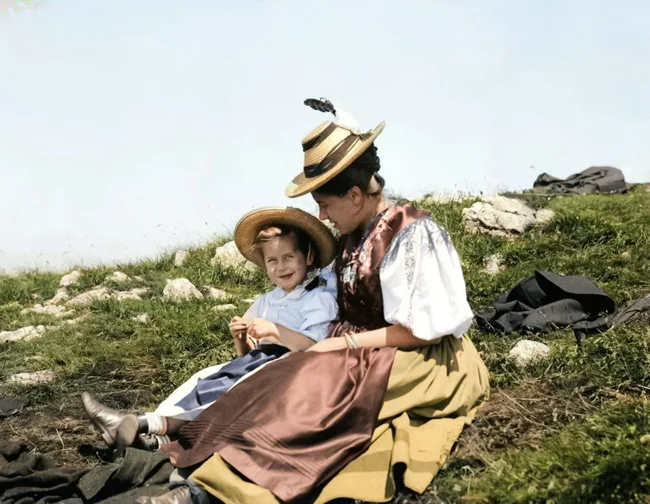
Sailing on ice. Netherlands, 1980.
The Netherlands is considered a leader in speed skating due to a combination of geographical and historical factors. Canals that freeze in winter and flat terrain create ideal conditions for skating. The tradition of speed skating dates back to the 17th century, and events such as the "Elfstedentocht" (a marathon of about 200 km) have become part of the culture.
The country now provides ice rinks even in small towns, and the government and companies support the athletes. Youth programs and a scientific approach, including innovations in equipment, help develop talent. The success of Dutch speed skaters on the international stage, including at the Olympics, inspires new generations, and the athletes themselves enjoy great fan support and recognition in society. 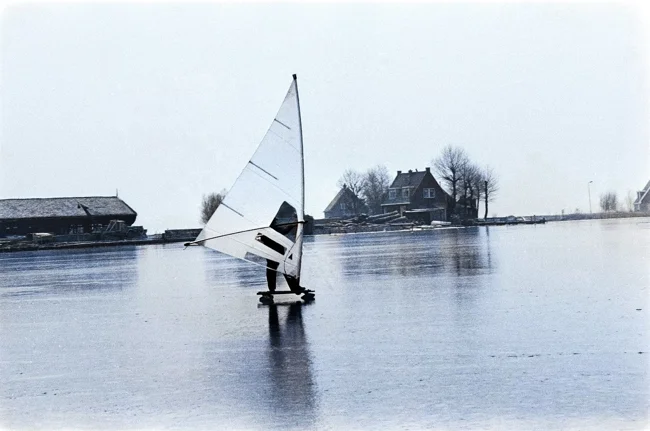
A group of men playing cards. Germany, 1904. 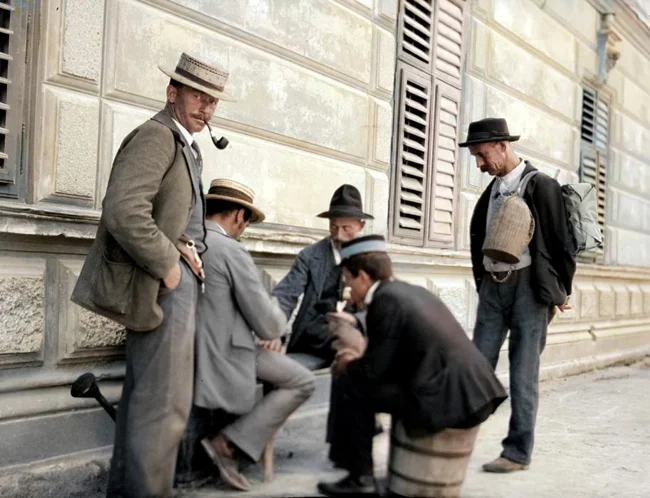
Gas holders of the Tegel gas plant. Germany, Berlin, 1930.
In 1905, an unusual structure appeared in the Berlin district of Tegel - a gas plant, or, as it was also called, a "gas house". Here, coal was processed into gas, which was then stored in gas holders located on the territory of the plant. These giant structures became a symbol of the era when gas lighting and heating were an integral part of city life.
However, by 1953 the plant was demolished as natural gas had completely replaced the old production methods. The gas works, which had once played a key role in the energy sector, were no longer relevant. Today, one can only fantasize about how the area could have been preserved and converted into, for example, a residential complex or a cultural center. Instead, the unique engineering heritage was lost forever. 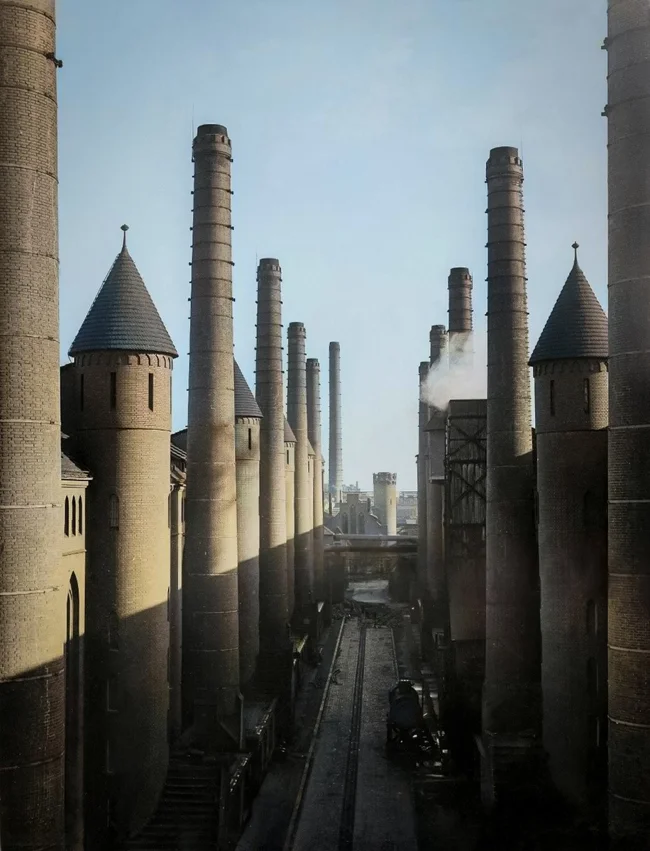
Cheese market in Alkmaar. The Netherlands, 1900. 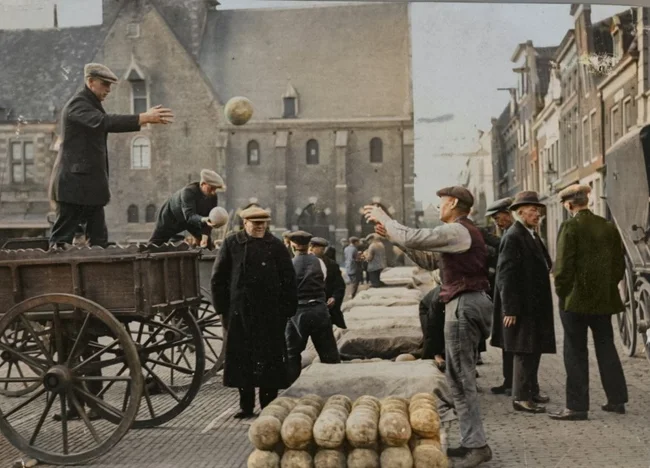
Flour delivery. Paris, 1943. 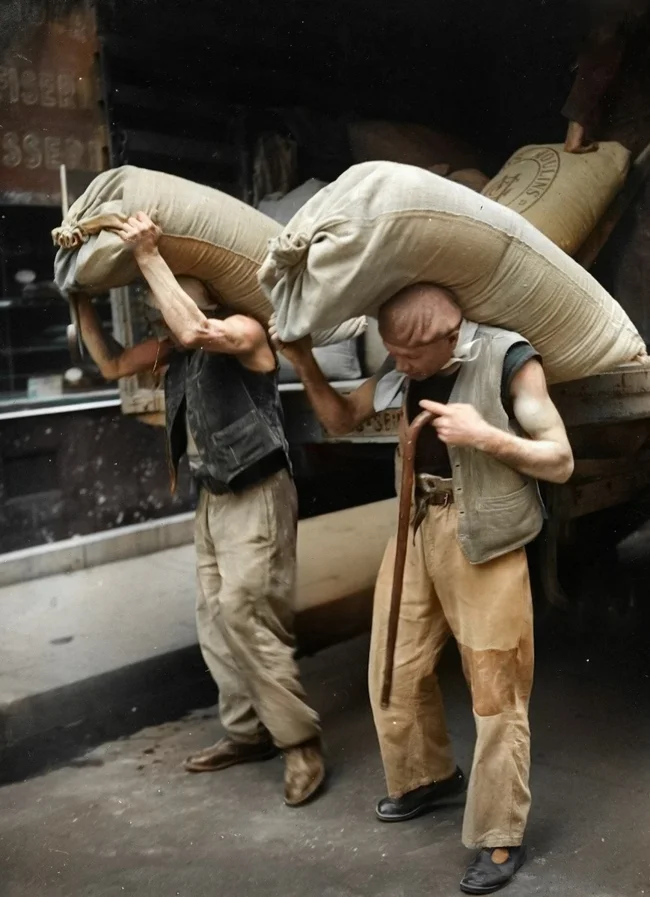
Village women in negligee. Ryzoviste, Czech Republic, 1985. 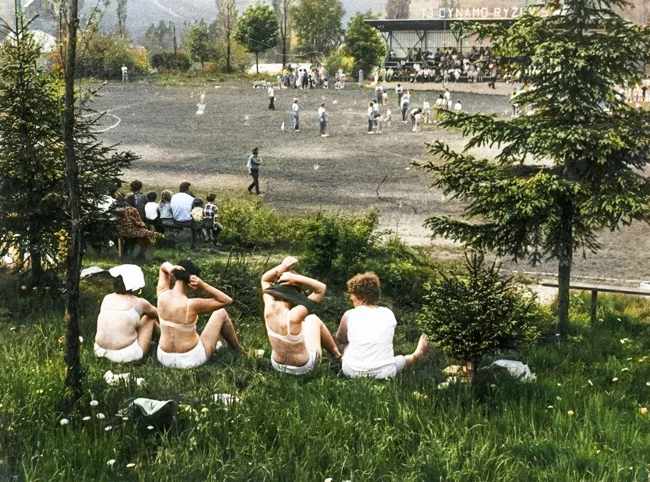
An ice "table" that formed on the sea coast after low tide. Netherlands, 1963. 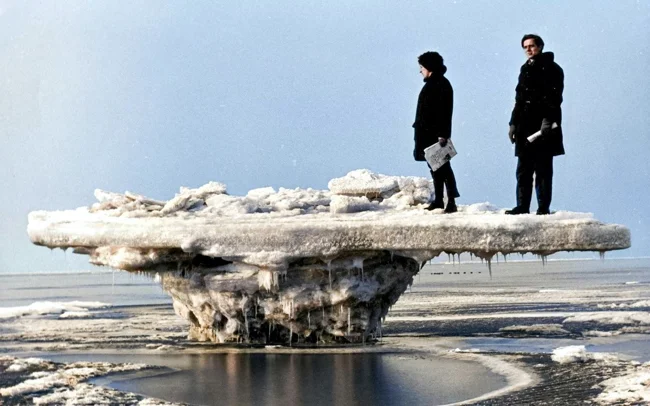
A farmer and his haymaking machine. Germany, 1904.
A haymaking and haymaking machine with a capacity of two cows. 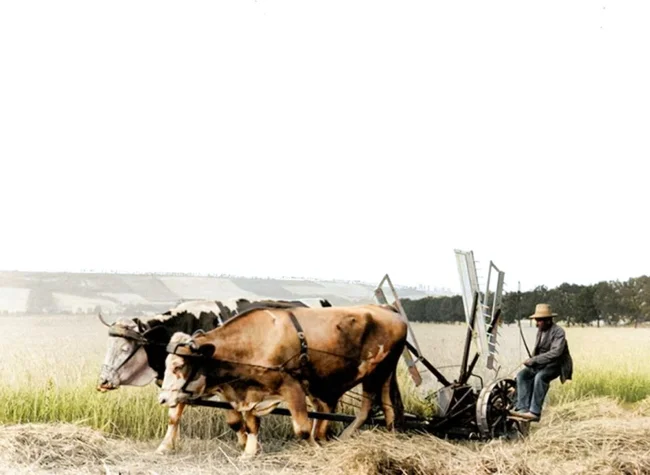
The Typist. Paris, 1947.
The photo shows Emma Smith (born Elspeth Hallsmith) - a famous English writer, whose works have gained popularity in literary circles. In 1951, she got married and became a mother of two children, but her family happiness was short-lived: her husband suddenly died of a heart attack just a few years after the wedding. This was a serious blow for Emma, and she had a hard time raising children alone.
Emma's creative legacy includes many works for children, as well as books for adults. She also wrote two volumes of autobiographical memoirs, in which she spoke with astonishing honesty about her life, struggles, and achievements. Emma Smith died in 2018 at the age of 94, leaving behind a rich literary legacy. 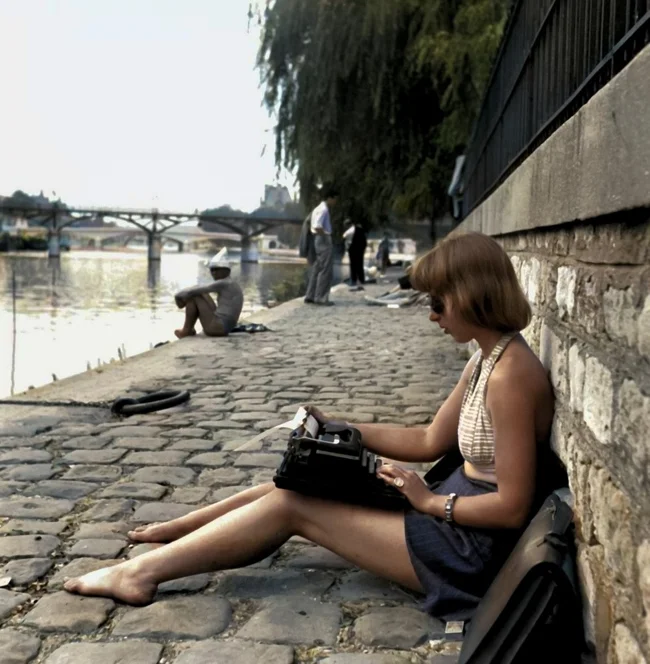
A woman washes clothes in a Portuguese fishing village in the 1950s. 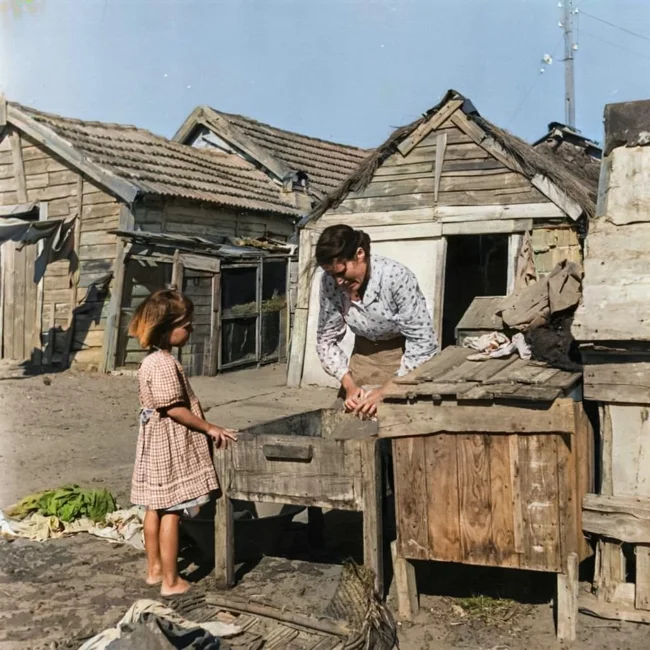
Ballerina Catherine Verneuil, 1963. 